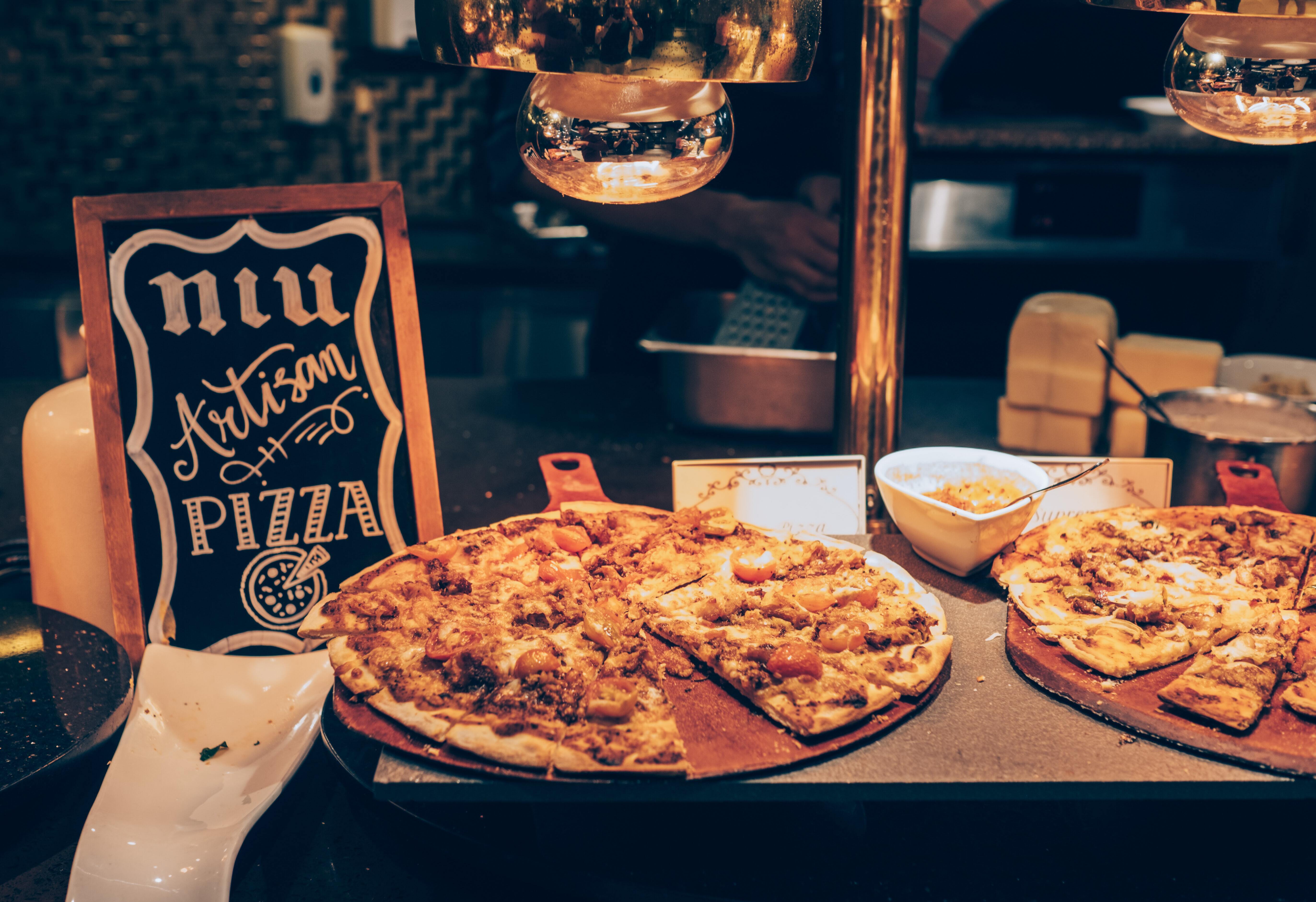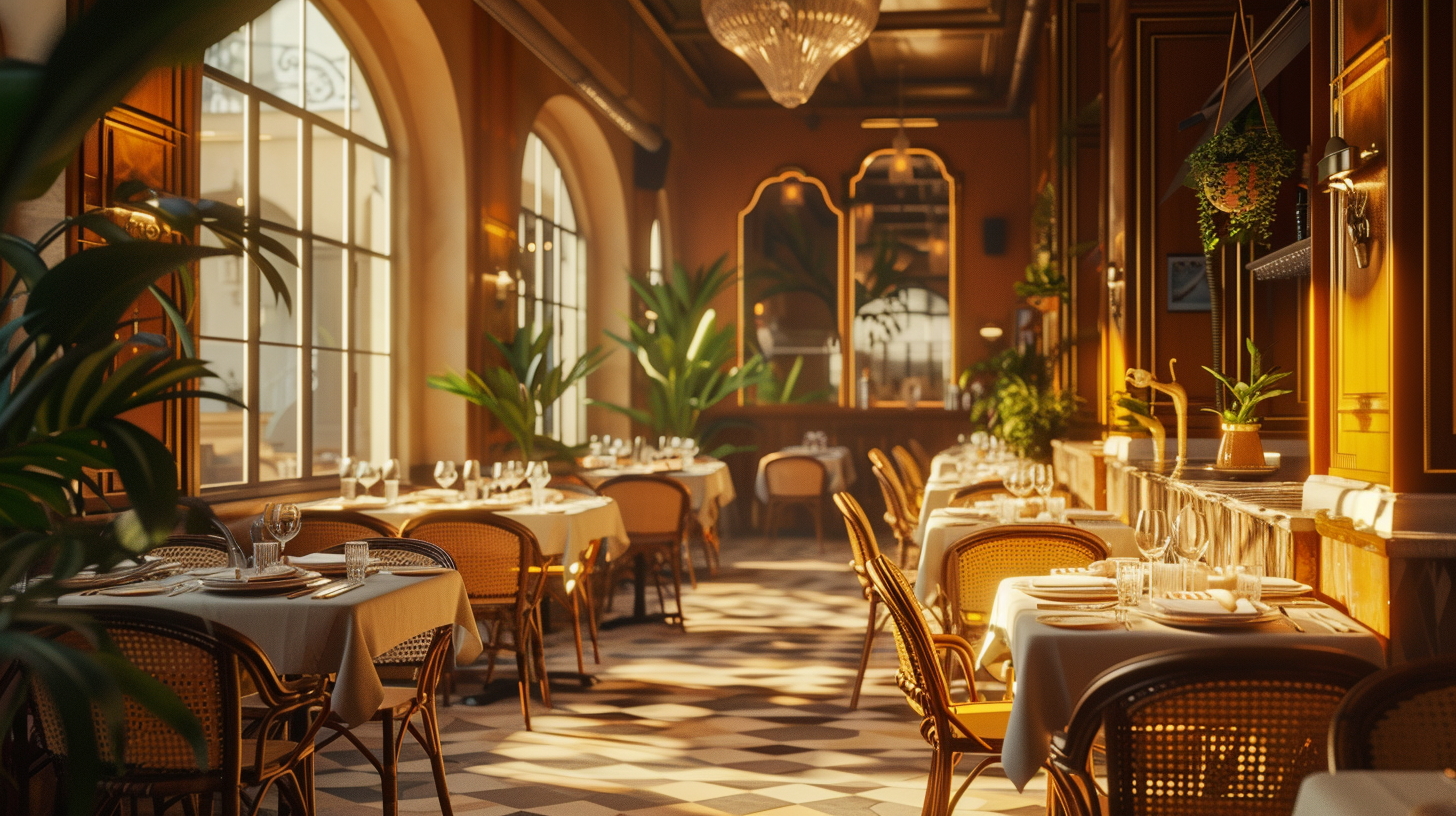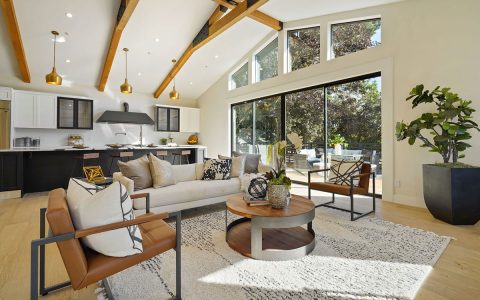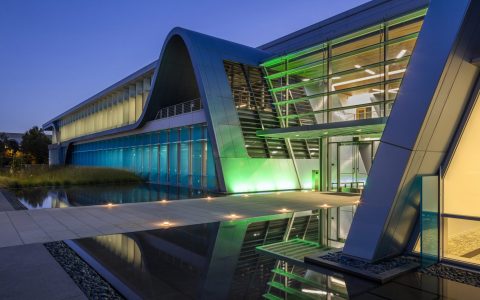Core Design Principles for Pizzeria Success
Effective pizzeria design hinges on a triad of core principles: operational efficiency, inviting customer ambiance, and strong brand reinforcement. The goal is to create a space that functions seamlessly for staff while offering a memorable experience for patrons, all within a visually cohesive brand environment.
- Operational Efficiency: A well-designed pizzeria prioritizes a logical workflow. This means optimizing the journey from ingredient preparation and dough making, through the assembly and baking process, to the final plating or boxing for delivery and takeout. Minimizing steps and cross-traffic for staff is crucial.
- Customer Experience: The ambiance should align with the pizzeria's concept. Whether aiming for a fast-casual, family-friendly, or upscale rustic feel, the design elements like lighting, seating, and decor must contribute to a comfortable and enjoyable atmosphere.
- Brand Identity: The physical space is a powerful communicator of your brand. The design should visually articulate the pizzeria's unique selling proposition and target audience, ensuring consistency across all touchpoints.
Strategic Layout Planning: Key Zones
A pizzeria's layout must be meticulously planned, considering distinct zones that cater to specific functions. Each zone needs to be optimized for its purpose while contributing to the overall flow and customer journey.
Kitchen and Prep Areas:

The heart of the pizzeria, the kitchen's design directly impacts speed and quality.
- Workflow Optimization: Design for a linear or U-shaped flow for pizza production: dough prep, refrigeration, topping station, oven access, cutting, and boxing. Ensure adequate space around key equipment.
- Equipment Placement: The oven (deck, conveyor, or wood-fired) is the centerpiece. Strategic placement of mixers, refrigeration units, prep tables, and sinks is vital. Consider heat output and ventilation needs.
- Hygiene and Cleaning: Use non-porous, easy-to-clean surfaces. Plan for efficient waste disposal and access to cleaning supplies.
Dining Area:
This space shapes the customer's direct experience.
- Seating Arrangement: Offer a variety of seating options if space permits (e.g., booths, small tables, communal tables) to cater to different group sizes. Ensure comfortable spacing and clear pathways.
- Atmosphere: Lighting, acoustics, and decor should be carefully chosen to create the desired mood. Consider sound-dampening materials in noisy environments.
- View to Kitchen: An open kitchen or a view of the pizza-making process can be an engaging feature, adding transparency and entertainment.
Service Counter & Point of Sale (POS):
This is the primary interaction point for orders and payments.

- Visibility and Accessibility: The counter should be easily identifiable and accessible upon entry.
- Ergonomics: Design for staff comfort and efficiency with well-placed POS systems, menu displays, and space for order assembly.
- Takeout & Delivery Zone: A dedicated area for pickup orders helps manage flow and prevents congestion in the main dining or waiting areas.
Aesthetics and Ambiance
The visual and sensory elements of a pizzeria are crucial in crafting its identity and appeal.
- Lighting: A layered approach works best. Ambient lighting sets the overall mood, task lighting illuminates work areas, and accent lighting can highlight architectural features or decor. Dimmable options offer flexibility. Warmer light tones (2700K-3000K) often create a cozy, inviting atmosphere.
- Color Palette: Colors evoke emotion. Warm colors like reds, oranges, and yellows can stimulate appetite. Earthy tones, brick, and wood can convey a rustic or traditional feel. Modern pizzerias might opt for a cleaner, more minimalist palette. The palette should reflect the brand.
- Materials and Finishes: Durability and ease of maintenance are paramount. Popular choices include reclaimed wood, exposed brick, subway tiles, polished concrete, and stainless steel. The materials should align with the desired aesthetic and brand.
- Decor and Furnishings: Elements like artwork, murals, signage, plants, and table settings contribute significantly. Authenticity is key; decor should feel integrated and purposeful, not cluttered. Furniture must be robust and comfortable.
- Acoustics: Manage noise levels effectively. High ceilings and hard surfaces can amplify sound. Consider acoustic panels, soft furnishings, or strategically placed barriers to improve comfort.
Functional and Technical Considerations
Beyond aesthetics, practical elements ensure the pizzeria operates smoothly and safely.
- Ventilation and HVAC: Proper kitchen ventilation is non-negotiable, especially with high-heat ovens, to manage heat, smoke, and odors. Ensure comfortable air quality and temperature throughout the entire space for both staff and customers.
- Storage: Adequate and well-organized storage for dry goods, refrigerated items, and frozen products is essential. Consider delivery access and proximity to prep areas.
- Restrooms: Must be clean, well-maintained, accessible, and designed in harmony with the overall pizzeria aesthetic.
- Accessibility: Comply with all local accessibility codes (e.g., ADA in the US) to ensure the pizzeria is welcoming to all patrons. This includes entryways, pathways, seating, and restrooms.
- Technology Integration: Plan for POS systems, kitchen display systems (KDS), online ordering integration, Wi-Fi for guests, and security systems. Ensure sufficient power outlets and data ports.







